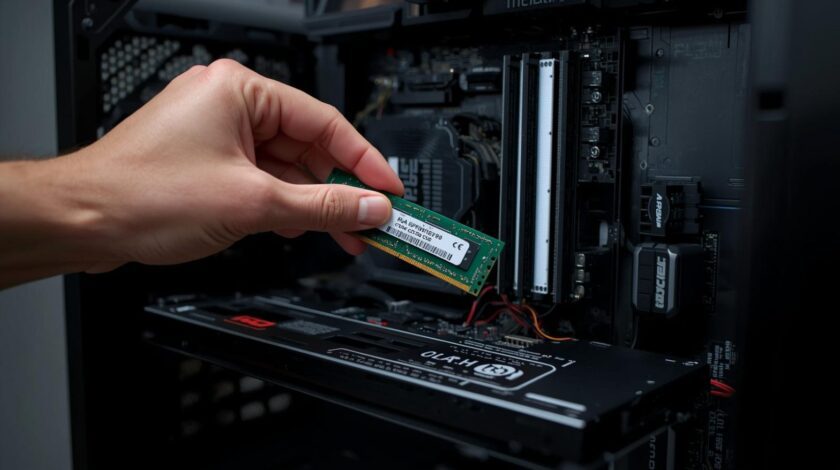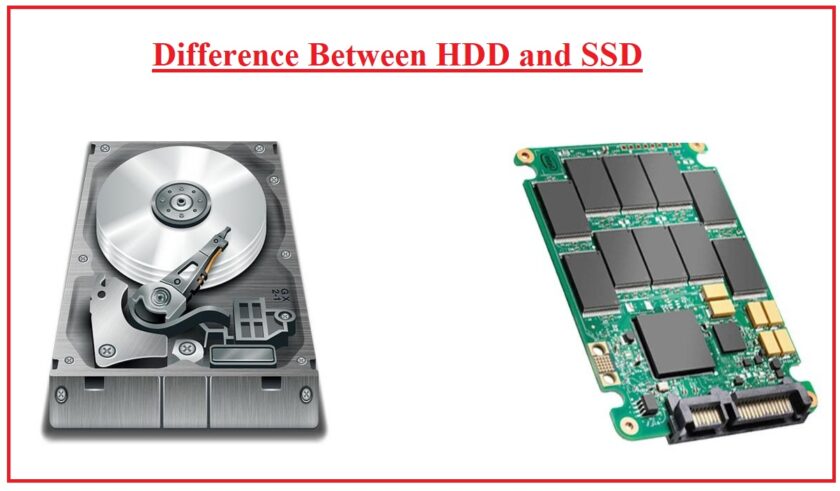IoT Security is the practice of protecting Internet of Things (IoT) devices and the networks they connect to from cyber threats. With billions of IoT devices in use globally—ranging from smart home gadgets to industrial sensors—ensuring their security is critical. Many IoT devices have limited processing power and minimal built-in security, making them vulnerable to attacks. Securing these devices requires a combination of robust design, secure communication protocols, and vigilant monitoring.
Here’s an in-depth look at IoT security, its challenges, and best practices:
1. Why IoT Security is Important
- Large Attack Surface: The vast number of interconnected IoT devices creates multiple entry points for cyber attackers.
- Sensitive Data: Many IoT devices handle sensitive information, such as personal data, location tracking, or healthcare metrics.
- Critical Infrastructure: IoT devices are integrated into critical systems like healthcare, transportation, energy, and industry, where a security breach could have devastating consequences.
- Botnets and DDoS Attacks: IoT devices can be hijacked and used to create botnets, which can then be used to launch Distributed Denial of Service (DDoS) attacks, overwhelming networks and disrupting services.
2. Key IoT Security Risks
- Weak Authentication:
- Many IoT devices use default passwords or lack strong authentication mechanisms, making them vulnerable to brute-force attacks.
- Solution: Strong password policies, multi-factor authentication (MFA), and secure credential management.
- Insecure Communication:
- IoT devices often communicate using unsecured protocols, which can lead to man-in-the-middle attacks where data is intercepted or altered.
- Solution: Implement end-to-end encryption (e.g., TLS, HTTPS) for data transmission to ensure the integrity and confidentiality of the data.
- Lack of Patching and Updates:
- Many IoT devices lack automatic software updates, leaving them vulnerable to known security flaws after new vulnerabilities are discovered.
- Solution: Ensure that devices are capable of receiving over-the-air (OTA) firmware updates and enforce regular patching cycles.
- Limited Computing Resources:
- IoT devices are often lightweight and lack the processing power to support sophisticated security measures, making them easier to exploit.
- Solution: Security solutions must be lightweight and optimized for the limited resources of IoT devices.
- Physical Tampering:
- Since many IoT devices are deployed in the field, they can be physically accessed and tampered with, leading to compromised devices or systems.
- Solution: Use tamper-resistant hardware and encrypt sensitive data stored on the device.
3. Common IoT Security Threats
- Malware and Ransomware:
- Cybercriminals may infect IoT devices with malware to gain control, steal data, or hold the device’s functionality for ransom.
- Example: The Mirai botnet infected IoT devices to create a massive DDoS attack on major websites.
- Botnets:
- Compromised IoT devices can be grouped together into botnets, which are used to launch large-scale cyberattacks.
- Example: In 2016, the Mirai botnet was responsible for one of the largest DDoS attacks in history, exploiting vulnerabilities in unsecured IoT devices.
- Eavesdropping:
- Insecure IoT devices can be used to eavesdrop on user communications or track user behavior, leading to privacy breaches.
- Example: Smart home devices like cameras or voice assistants could be hijacked to spy on users.
- Data Breaches:
- IoT devices collect vast amounts of data, including sensitive personal and business information. A breach can result in exposure or theft of this data.
- Example: A security flaw in a smart baby monitor allowed unauthorized users to access video feeds.
- Privilege Escalation:
- Attackers may exploit vulnerabilities to gain unauthorized access to more critical systems connected to the IoT device.
- Example: An attacker gaining control of a smart thermostat may be able to access other connected devices in the home network.
4. Best Practices for IoT Security
a) Secure Development and Design
- Security by Design: IoT devices should be designed with security as a priority from the outset, with secure coding practices and threat modeling integrated into the development process.
- Minimum Necessary Services: Disable unnecessary services, ports, and protocols on IoT devices to reduce the attack surface.
- Device Authentication: Ensure that IoT devices authenticate themselves before connecting to the network. This prevents unauthorized devices from accessing the system.
b) Network Security
- Network Segmentation: Isolate IoT devices on a separate network or VLAN to prevent lateral movement in case of a breach. For instance, keeping smart home devices on a guest network reduces the risk to more critical systems like computers and storage.
- Firewalls and Intrusion Detection Systems (IDS): Deploy firewalls and IDS to monitor IoT traffic and identify suspicious activity.
- Zero Trust Architecture: Apply a “zero trust” approach where each device and user must continuously verify their identity and authorization before accessing the network.
c) Data Security
- Encryption: Encrypt data at rest and in transit to protect sensitive information from unauthorized access.
- Privacy by Design: IoT systems should be designed with data privacy in mind, collecting only the necessary data, anonymizing it where possible, and complying with privacy regulations such as GDPR.
d) Regular Patching and Updates
- Over-the-Air (OTA) Updates: IoT devices should have the capability to receive OTA updates to patch security vulnerabilities as they are discovered.
- Update Notifications: Users should be notified when an update is available and be encouraged to install it promptly.
e) Access Control and Authentication
- Multi-Factor Authentication (MFA): Use MFA to ensure that only authorized individuals can control or access IoT devices.
- Strong Password Policies: Enforce the use of strong, unique passwords for each IoT device, and avoid default credentials.
f) Monitoring and Response
- Continuous Monitoring: Use monitoring tools to track IoT device behavior in real-time, identifying unusual activity that may indicate an attack.
- Incident Response: Implement an IoT-specific incident response plan to address potential security breaches quickly and effectively.
5. IoT Security Standards and Frameworks
Several organizations have developed IoT security frameworks and guidelines to help ensure the security of connected devices:
- NIST (National Institute of Standards and Technology): Provides a cybersecurity framework with specific IoT security recommendations.
- OWASP (Open Web Application Security Project): Offers the IoT Top Ten vulnerabilities, outlining the most common security risks and best practices.
- ISO/IEC 27001: Provides guidelines for managing information security risks, applicable to IoT systems.
6. IoT Security Challenges in the Future
As IoT technology continues to expand, several challenges will shape the future of IoT security:
- Scalability: As the number of IoT devices increases, scaling security measures across millions (or even billions) of devices becomes more difficult.
- Legacy Devices: Older IoT devices may lack security features and the ability to receive updates, creating vulnerabilities in connected environments.
- AI and Machine Learning Attacks: As IoT devices adopt AI and machine learning, new types of cyberattacks targeting these systems will likely emerge.
- Privacy Concerns: With IoT devices collecting increasing amounts of personal data, ensuring privacy will remain a significant challenge.
Conclusion
IoT security is crucial for safeguarding the connected devices that make up the modern internet. As the number of IoT devices continues to grow, securing these devices requires a combination of robust design, network protection, data encryption, and continuous monitoring. By following best practices and staying informed about emerging threats, users and organizations can mitigate the risks associated with IoT technology.






